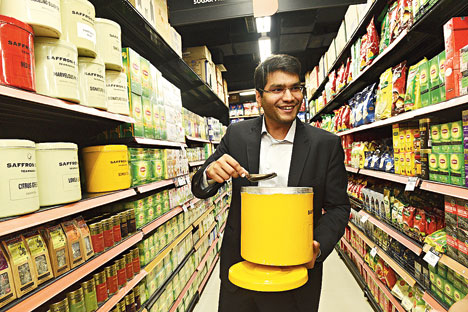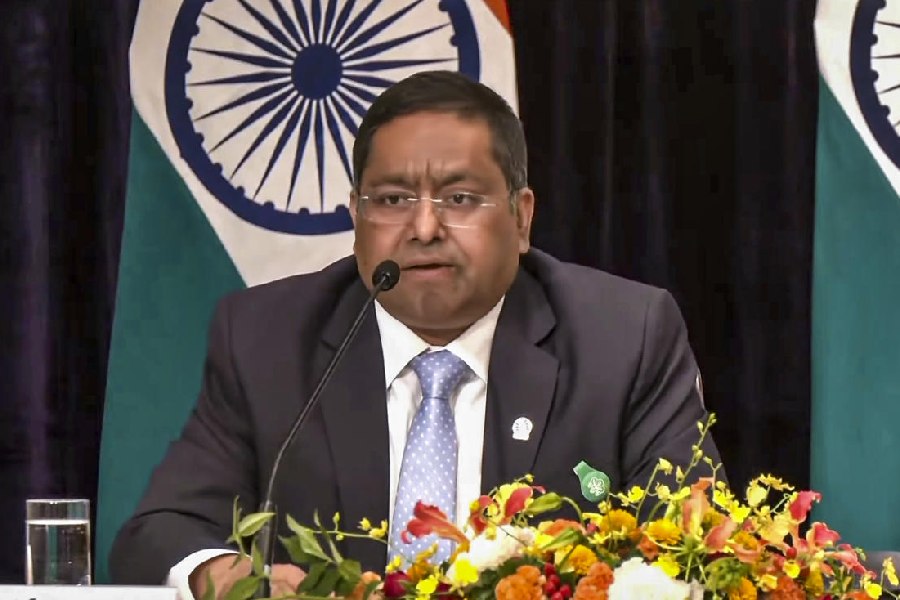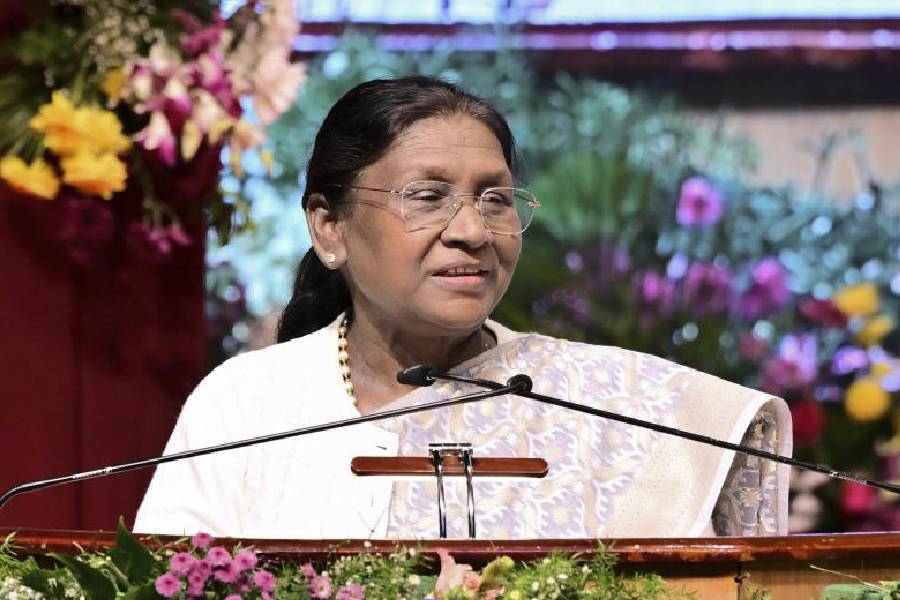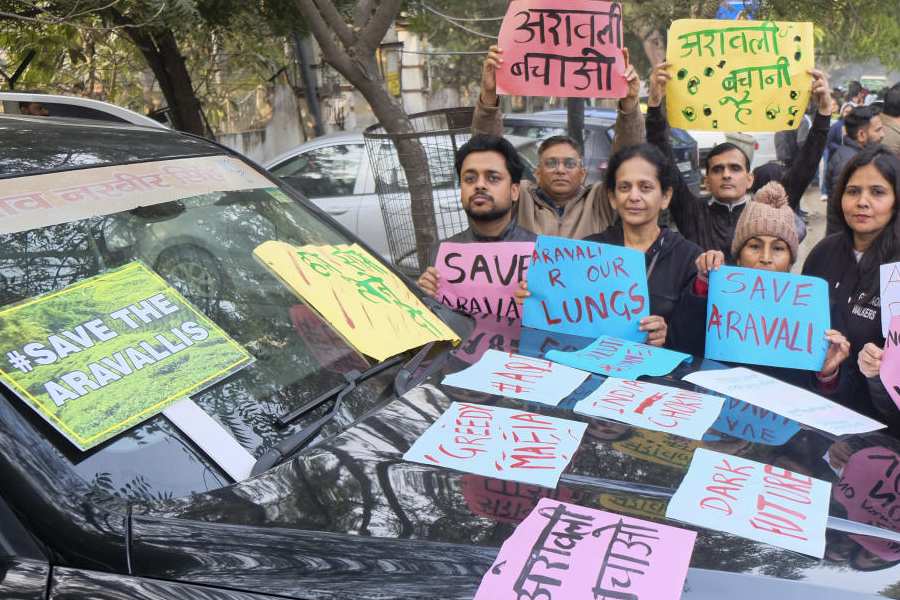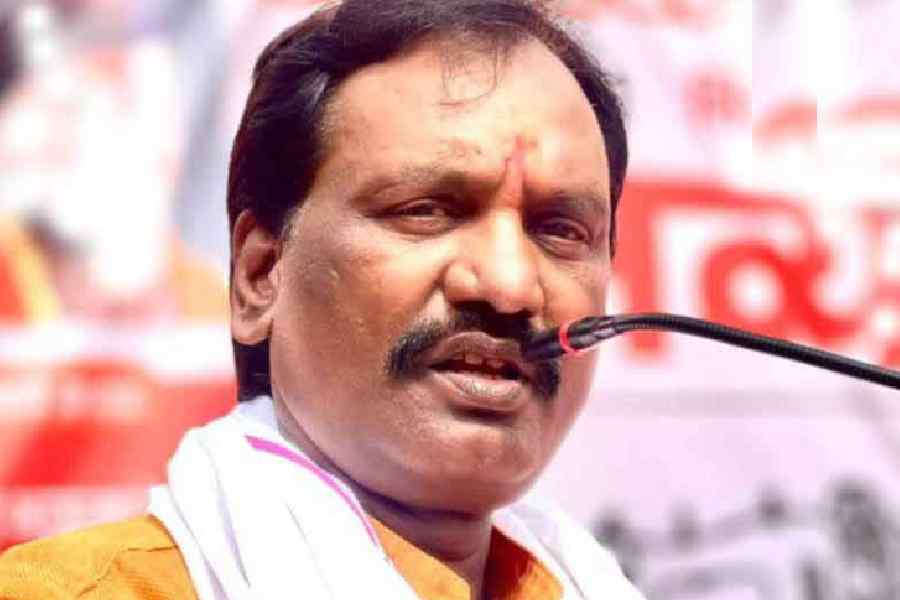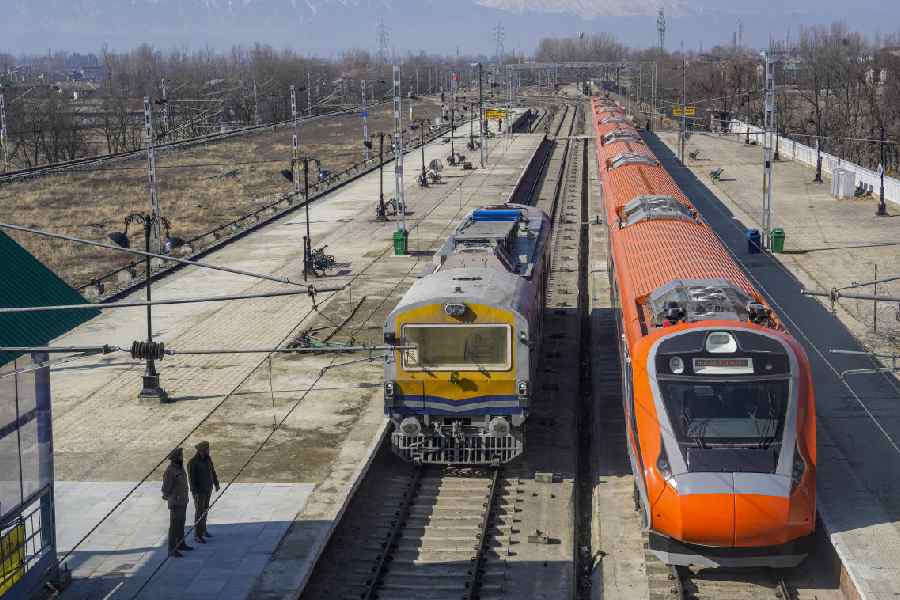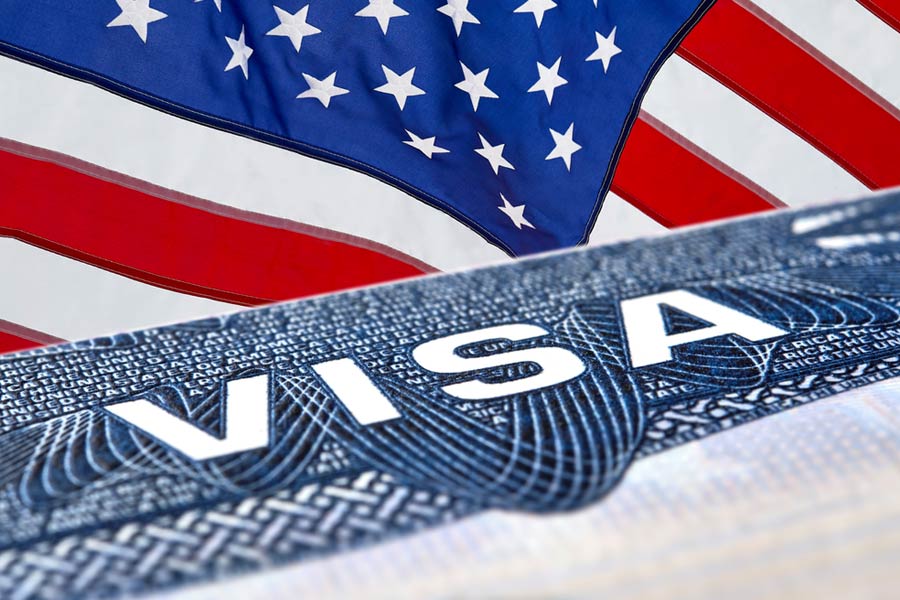
We were catching up with Shashwat Goenka on a mid-morning in June at the Quest outlet of Spencer’s. He was wearing a stubble that made him look serious; that boyish smile though reminded us he was just 27. The sector head, retail and FMCG, RP-Sanjiv Goenka Group, and outgoing president of Indian Chamber of Commerce (ICC), the youngest ever to have held that job, Shashwat unveiled a new-look Spencer’s and shared how his presidentship has made him a lot more confident.
Spencer’s is looking colourful and roomy. What was the idea behind the makeover?
This is a major overhaul in 10 years and we started with Quest. We are seeing the shift in our average consumer age from 25-35. That is a dramatic 10-year shift and that means the stores have to appeal to that 10-year shift as well. It is a significant demographic shift in our consumer profile. Partly it is research-based and partly because we see consumer trends across stores. It is trendier, younger, no clutter, the aisles have become broader, everything has become more open and colourful. We have spruced it up. The idea is to make it a lot more young and contemporary.
What’s new?
There is a history wall… a brief history of Spencer’s as a brand. A section of best deals in the store (beverage, FMCG, staples, personal care), which are relevant to the 25- to 35-year-old consumers, will be upfront. These are things you need on a weekly or monthly basis. We are expanding a lot more which we call the “diva counters”. Individual brands are licenced to run each counter and there is a lot more interaction that you have as a consumer with them. We are trying to bring in that department store kind of thing in here as well. A young consumer wants that engagement before they purchase.
We have a much larger section of 2Bme. Apparels is a big focus at Spencer’s. It is a category new to us and we want to expand it. It is a fast-fashion brand. Think a Zara/Uniqlo… Zara from a fast-fashion perspective, which is 45-50 per cent of our merchandise, and Uniqlo from a basic-wear perspective, which will be another 45-50 per cent. That is where we are positioning ourselves from a consumer understanding, but the prices are 50 per cent. But we will always be a food-first retailer.
We have also recently launched Caravaan at Spencer’s, having seen its traction across the country. It is a digital music player with pre-loaded songs, catering towards the slightly older consumer. The reason we keep it in our store is the younger consumer has ageing parents and they are buying it more as gifting options.
We have increased a little bit of our home section. Earlier we used to have only pots and pans… now, we’ve got a bit of melamine plates, luggage.
We have put all the fresh towards the end. That’s the way a consumer likes to shop... personal care and non-food items followed by fresh. We have introduced this whole concept of trial. Except for cheese, we have never done these trials. We did one on mangoes recently.
The nuts counter used to be much smaller, but now we have expanded it. We have over 400 varieties of nuts and dry spices.... Pine nuts and almond flakes, something which you don’t get in flaked form. That is used a lot in cooking and consumers are asking for it.
The fish section is more seamless and open. Earlier, everything was under glass. There is a full new patisserie and deli section. We have given it a more contemporary look. There’s a whole new range of breads and we have recently launched artisan breads. (The large table) brings in the whole idea of community eating. We have launched chocolate eclairs, lemon tarts and doughnuts... products we didn’t normally do before.
We have kept some local brands of non-veg pickles to see how it picks up. Prawn and fish pickles are doing well.
We have also revamped the website and redone the entire Spencer’s app.

Did you do some trendspotting as well?
People want healthy and pre-packaged and it is difficult to get both together! (Laughs) On the personal care side, we are seeing a lot of trends in the Ayurvedic and organic space. On the bathing side, body wash is slowly becoming a trend. There is a shift from green tea to flavoured and various varieties of green and herbal teas. Kahwah tea from Kashmir is becoming very popular. Copper bottles are becoming trendy. Tri-coloured quinoa, Pink Himalayan salt, green coffee bean, different kinds of flours like coconut flour, health supplements, amla and aloe vera juice, different kinds of mushrooms like oyster, milky and shiitake are trending.
We are also trying to go local a lot more with the fresh produce. Dairy is another big trend, something which has a much longer shelf life. There is a lot of focus on almond milk. We are also getting conscious about 100 per cent cow’s milk. A lot of them are moving to Tetra Pak. Greek yogurt is a big trend. We have a variety of cheeses and spreads. Earlier we used to have just the big blocks and we still have those, but consumers prefer pre-packaged ones. Tofu has been a big trend and now are seeing a lot more Indian brands come into the tofu section.
People who want to consume international pasta, they are not just buying plain pasta any more but flavoured ones, like basil and garlic. Pasta consumption has gone up. Italian is still the mainstay. People have moved to packaged seasoning. Earlier, people bought a lot of Thai products, now we are seeing a lot more up-pick on the Chinese and Japanese products. Canned tuna is becoming important as well. We have over 45 different varieties of cold cuts now. Bulgar wheat, flavoured couscous, a little bit of trend in aerated water, packaged coconut water… we are seeing it all.
They want all kinds of sauces and noodles like egg noodles and soba noodles. I love my miso salad.
There is also a shift towards ghee from oil. We now have a whole section of ghee. There’s organic and regular ghee. At home, too, we have moved to everything being cooked in ghee. I live by a simple principle… what your grandparents said was true.

Coming to ICC, when you took over last July, you had said the challenges each president faces are very different. How did the term go?
We have managed to do quite a few good events this year… over 300. Our biggest and flagship event was Horasis Asia Meeting, in November. This was the first Horaris event in India and that too in Calcutta. We had 500 international delegates from 65 different countries. That was also the most satisfying. Months of hard work, coordinating across countries, time zones, multiple speakers, working out last-minute dropouts.
I started off with a very long list and it’s been pretty intense. We have also done a lot of events across the country in Delhi, Mumbai, Lucknow, Chennai, Guwahati, Hyderabad. I have seen a lot of new parts of the country which I normally wouldn’t have seen.
I had set out to establish a much stronger presence for the Chamber across the country. So, we now have a full-fledged southern region council and western region council as well, and from here we already monitor the north and the east.
What are some of the events that you look back at with fondness?
My first event, which was with (union minister) Ravi Shankar Prasad. The other event I look back at very fondly was with (union minister) Smriti Irani. There wasn’t much prep time. I was asking her questions and it was not just related to her political life, but a lot more.
How did you choose your speakers?
My theme through the year has been about breaking barriers… ideate, innovate, inspire. All my speakers have been people who fit that. We did a few spiritual events and how spiritualism ties into business and commerce. The Dalai Lama, Sri Sri Ravi Shankar and Sister Shivani were here. I have read a lot of Devdutt Pattanaik. I find them very simple books to read. I think there is a lot of value on how he ties mythology with business practices and how we as businessmen and commerce leaders can apply them in our lives. His book on Sita was very good.
What has been your biggest learning?
Earlier a lot of the learning was in my area of interest. Here you had to step out of your comfort zone. I now have a much broader understanding of the economy. I never really looked at the whole connect between spirituality and business... industries like steel, cement, agriculture and how Indian economy influences the world economy.
I have become a lot more confident, both in terms of public speaking and interacting with people of different calibre and of a higher stature. You have to prep for unseen circumstances and last-minute crises. I never lost my cool. I have gone back to dad (Sanjiv Goenka) quite a few times. Him in the audience, initially it used to make me nervous, but he is positively critical. When I get nervous, I speak a lot faster. He asked me to speak slower! I am still working on that.
With work and family, I was always struggling to manage time, but now with this added responsibility which took up many hours, I was surprised that I was able to balance.
And, you are ending with a bang...
(Smiles) It would truly be a great privilege to host Mr David Cameron (former British Prime Minister). I am humbled.
You must be planning to unwind once your term is over...
What I wasn’t able to do this year were my hobbies… reconnect with things which I like to do for passion and fun. I enjoy photography and swimming. I want to get back to doing those. I am reading up on spirituality. I am finding it intriguing.

